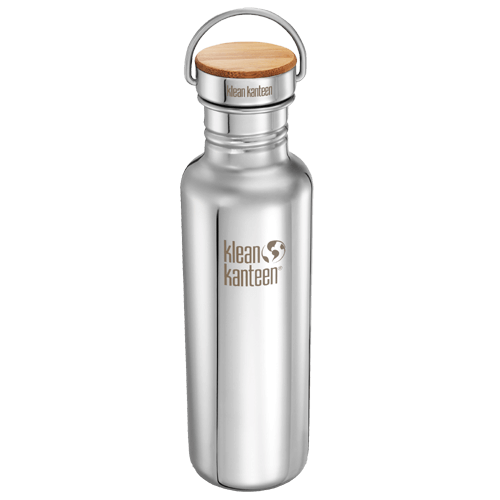In 2004 I decided I needed to get ‘fit’. It was the start of my 40s and I wanted to make sure I didn’t prematurely decline into old age before 50! But what to do? I’d dabbled with a bit of swimming and tennis throughout my life but I was useless at PE in school so had never been encouraged to pursue any particular sport.

I decided the best option was to join a gym so I booked a personal trainer and almost immediately found something I really enjoyed doing. It was great to see the improvements in my body. The only exercise I hated was the treadmill.
I dreaded the time my trainer would make run a mile as fast as I could. I felt sick at the end and could hardly walk back down the stairs to the changing rooms. But I didn’t want to give. I wanted to work out how I could somehow enjoy this torture!
Googling “how do I enjoy running?” I came across Chi Running. I bought the book and was fascinated by the idea of approaching your running as a practice such as you would yoga or T’ai Chi. I researched other running techniques but it’s emphasis on sound biomechanics with the added layer of a mindful approach kept drawing me back to Chi Running.
I soon realised that I had been looking at my running in terms of something that I should push hard with rather than relax into. Chi Running taught me that power comes through relaxation, balanced with the right amount of alignment within the body.
I learned how to relax the breath into my body as I run and release unnecessary muscular tension. Through body sensing and awareness I noticed that I was holding too much tension in my neck and shoulders.
Years of sitting at a desk staring at a screen for eight hours or more had created a forward-head posture, tightening my shoulder and neck muscles. I was then taking this posture for a run and not surprisingly my body was struggling and wasting energy trying to hold my head in place.
This highlighted to me how our everyday ‘natural’ postural alignment affects how we use our body. If we had the luxury of being able to run, walk, climb and rest as we should then we would all be ‘natural’ runners but our lifestyle, emotions and beliefs all have a profound effect on our movement.
Focusing on body sensing and awareness of my running, rather than how quickly I could run, soon meant that my speed infact increased as a consequence and what’s more I wasn’t feeling any pain or getting injured.
I discovered the sense of being strong and ‘centred’ in my running by learning the central movement principle of T’ai Chi.
The idea is to visualise all movement beginning from an area in the body called the dantien. This area, just below the navel and in towards the spine, is your ’energy centre’ or life force, connecting the upper and lower body so that you move as whole.

From a practical point of view this area is the body’s centre of mass so it is totally logical to think of moving this point forwards first and allowing the rest of the body to follow.
I now run in a controlled forward fall, moving my centre of mass ahead of your contract with the ground, allowing my upper body to move forwards and lower body rearwards. I’m cooperating with the forces of gravity and the oncoming road, and rather than these forces hindering my movement they are assisting in my forward momentum.
I think of ‘streamlining’ my body as it moves through space. This has improved my running economy, meaning I can do much more for less effort. I have run marathons, ultra marathons and spent whole days out on trail runs to-date without any injuries and needing very little recovery time.
The one thing that I hadn’t perhaps expected when I first discovered Chi Running is the profound effect it has had on my life. Not only do I bring the principles into my running but also in my every life and work.
So next time you’re going out for a run, try introducing a little Chi into your running with these three things
- Optimal alignment of the body is key to good running form. Sense the spine lengthening upwards as you run, keeping the head balanced on top of the spine and shoulders down and relaxed
- Visualise movement beginning in the dantien, the area below the navel and in towards the spine. Imagine a controlled forward fall, moving your centre of mass ahead of your contract with the ground with each footfall
- Power comes through relaxation. Avoid pushing and tensing up to get quicker – this wastes energy and can lead to injury. Relax into the body, allowing your stride to open up behind you.
Chi Running had such a positive effect on me that in 2011 I decided to change careers and train as a personal trainer and Chi Running Instructor in order to share my knowledge and experience with others.
Today I have the privilege of working closely with it’s founder Danny Dreyer and his wife and co-founder Katherine and I head up an amazing team of Chi Running Instructors across the UK and Ireland.
Get involved with Chi Running, find out more at graycaws.uk and chirunning.uk
Photo Credit: Gray Caws


